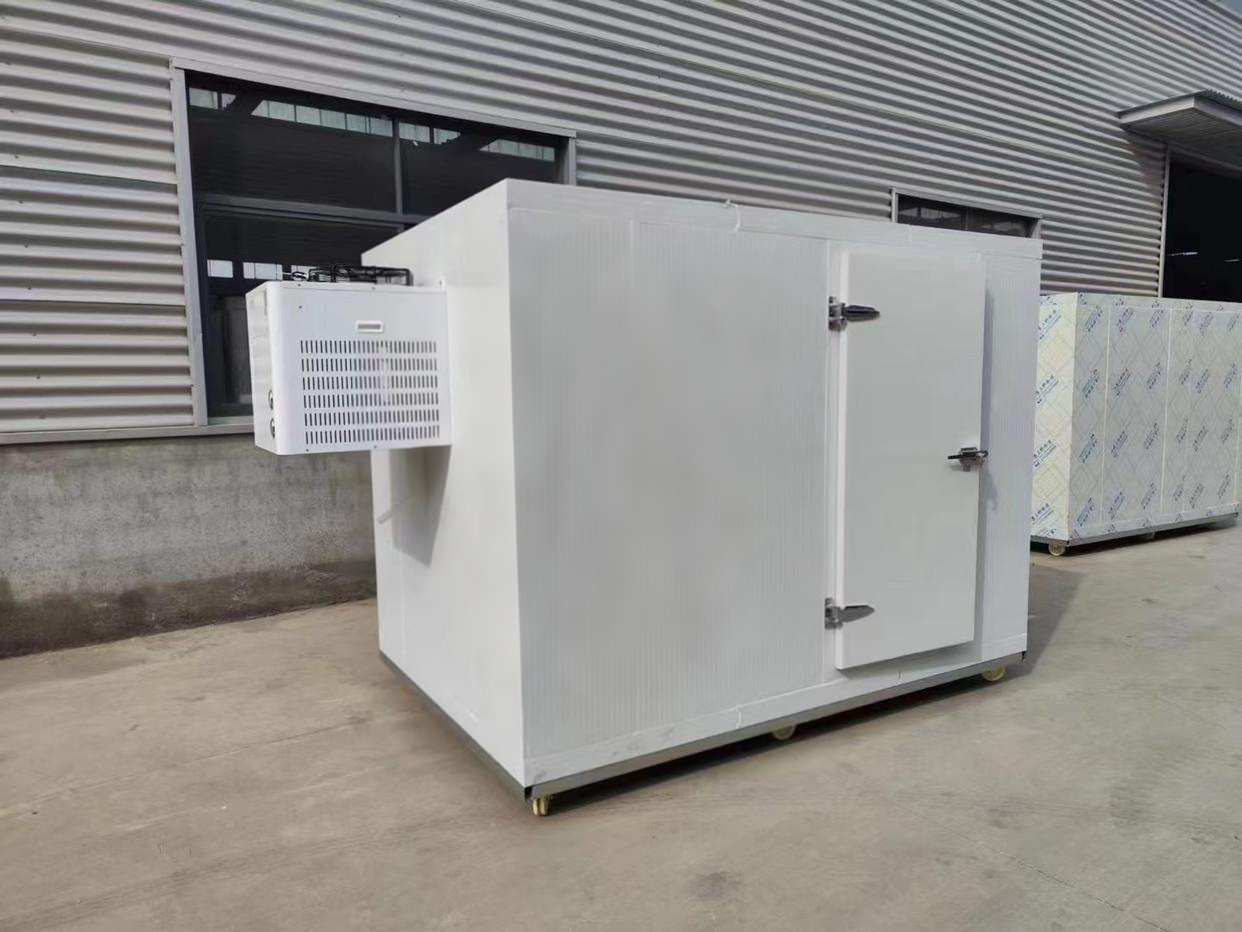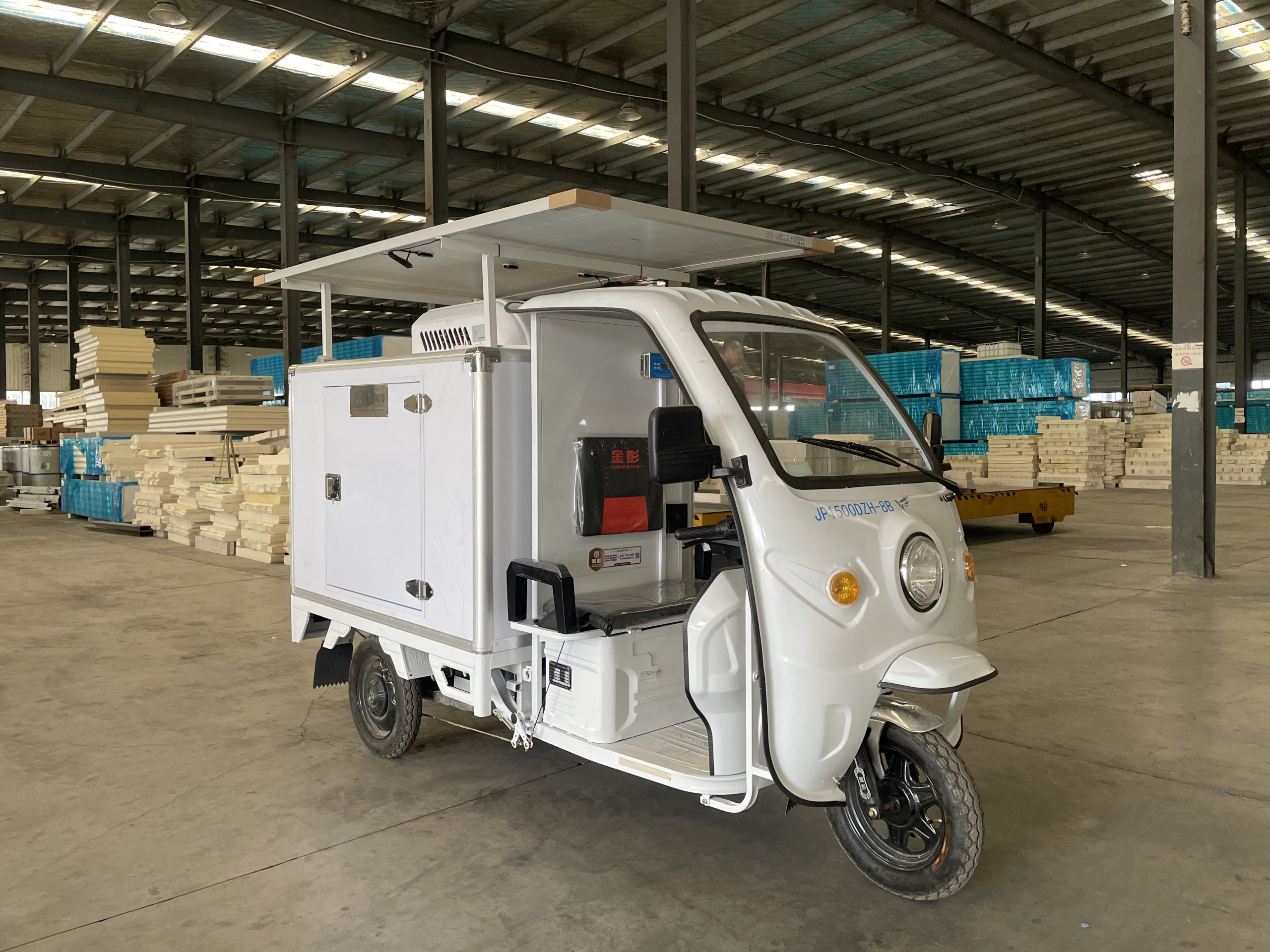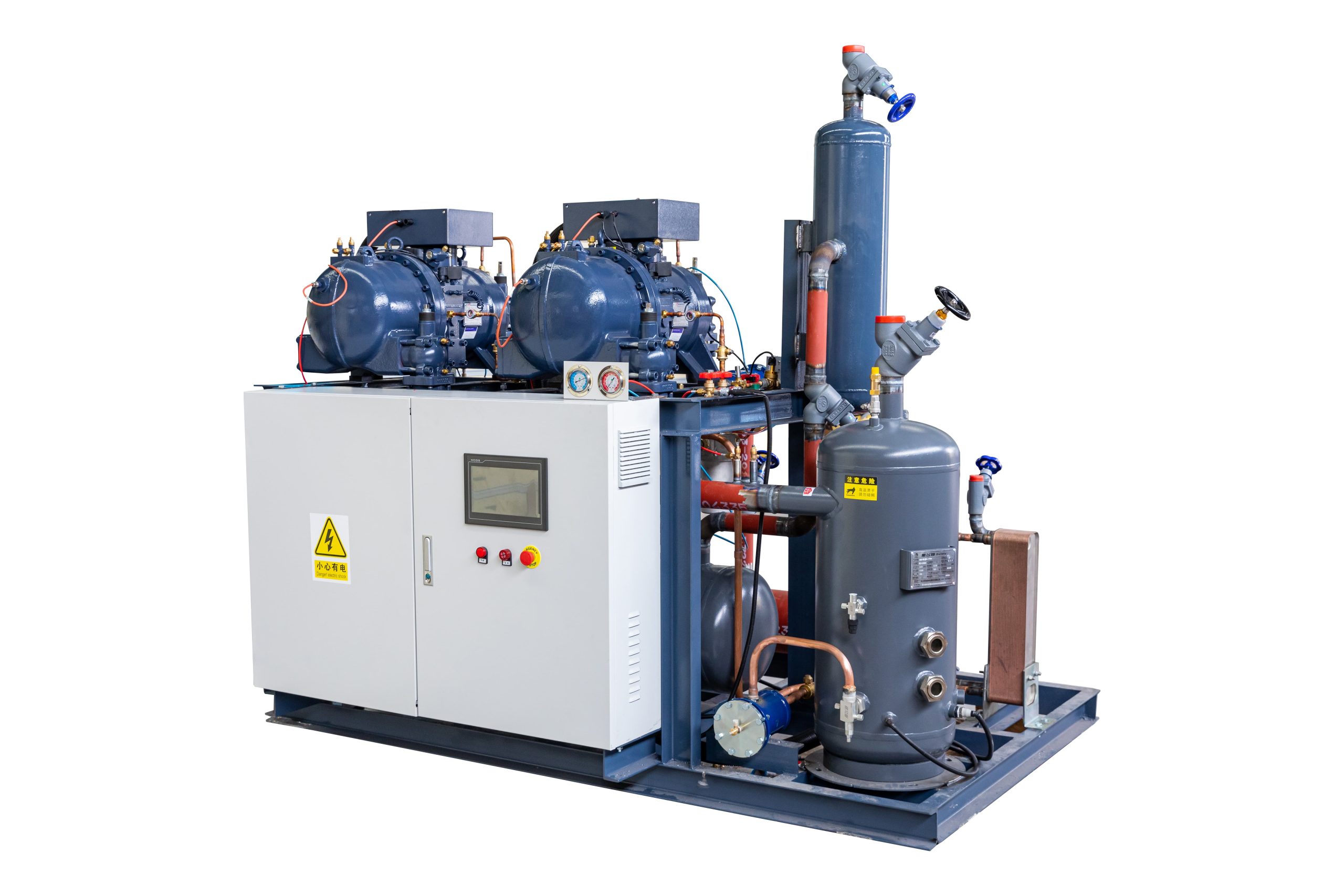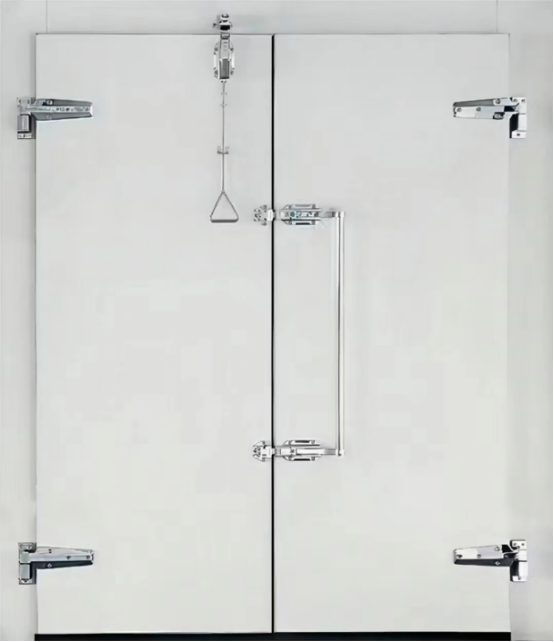A Cold Storage Warehouse is a specialized facility designed to store perishable and temperature-sensitive goods under controlled conditions. These warehouses play a critical role in industries such as food and beverage, pharmaceuticals, chemicals, and logistics by preventing spoilage, extending shelf life, and ensuring product safety. With the growing demand for fresh and frozen goods, cold storage has become an essential component of modern supply chains.
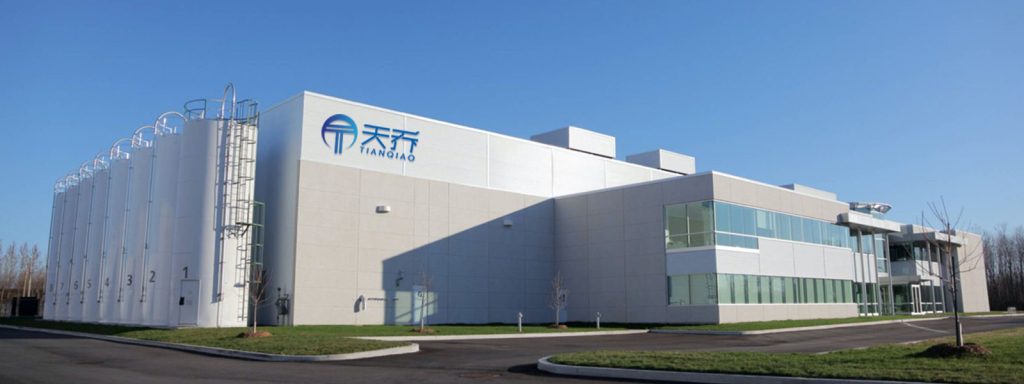
This article explores the key aspects of cold storage warehouses, including their types, operational features, technologies, benefits, and industry applications.
1. What is a Cold Storage Warehouse?
A cold storage warehouse is a temperature-controlled facility that maintains low temperatures to preserve perishable items. Unlike conventional warehouses, these facilities use advanced refrigeration systems to keep products within specific temperature ranges, ensuring quality and safety from production to distribution.
Key Characteristics:
- Temperature Regulation: Ranges from chilled (0°C to 4°C) for fresh produce to deep-freeze (-30°C or below) for frozen goods.
- Humidity Control: Prevents dehydration and freezer burn.
- Insulated Construction: Uses high-quality thermal barriers to minimize energy loss.
- Compliance with Safety Standards: Must adhere to regulations like FDA, HACCP, and GDP (Good Distribution Practice).
2. Types of Cold Storage Warehouses
Different products require varying storage conditions, leading to multiple types of cold storage facilities:
a) Refrigerated Warehouses (0°C to 10°C)
- Used for dairy products, fresh fruits, vegetables, and beverages.
- Prevents bacterial growth while keeping items fresh.
b) Frozen Storage Warehouses (-18°C to -25°C)
- Stores frozen meat, seafood, ice cream, and ready-to-eat meals.
- Ensures long-term preservation without degradation.
c) Controlled Atmosphere (CA) Storage
- Adjusts oxygen (O₂) and carbon dioxide (CO₂) levels to slow ripening.
- Commonly used for apples, pears, and other climacteric fruits.
d) Ultra-Low Temperature (ULT) Freezers (-30°C to -80°C)
- Essential for pharmaceuticals, vaccines, and biological samples.
- Critical in medical storage for drugs like mRNA vaccines (e.g., Pfizer’s COVID-19 vaccine).
e) Blast Freezing Facilities
- Rapidly freezes products to -40°C to lock in freshness.
- Used for seafood, meat, and processed foods before long-term storage.
3. Key Components & Technology
Modern cold storage warehouses rely on advanced systems to maintain efficiency and reliability:
a) Refrigeration Systems
- Ammonia (NH₃): Energy-efficient but requires strict safety measures.
- CO₂ (Carbon Dioxide): Eco-friendly and increasingly popular.
- Freon (HFCs): Being phased out due to environmental concerns.
b) Insulation & Construction
c) Monitoring & Automation
- IoT Sensors: Track temperature, humidity, and door openings in real-time.
- Warehouse Management Systems (WMS): Optimize inventory and reduce energy waste.
- Automated Storage & Retrieval Systems (AS/RS): Improve efficiency in large facilities.
d) Backup Power Systems
- Generators and battery backups prevent spoilage during power outages.
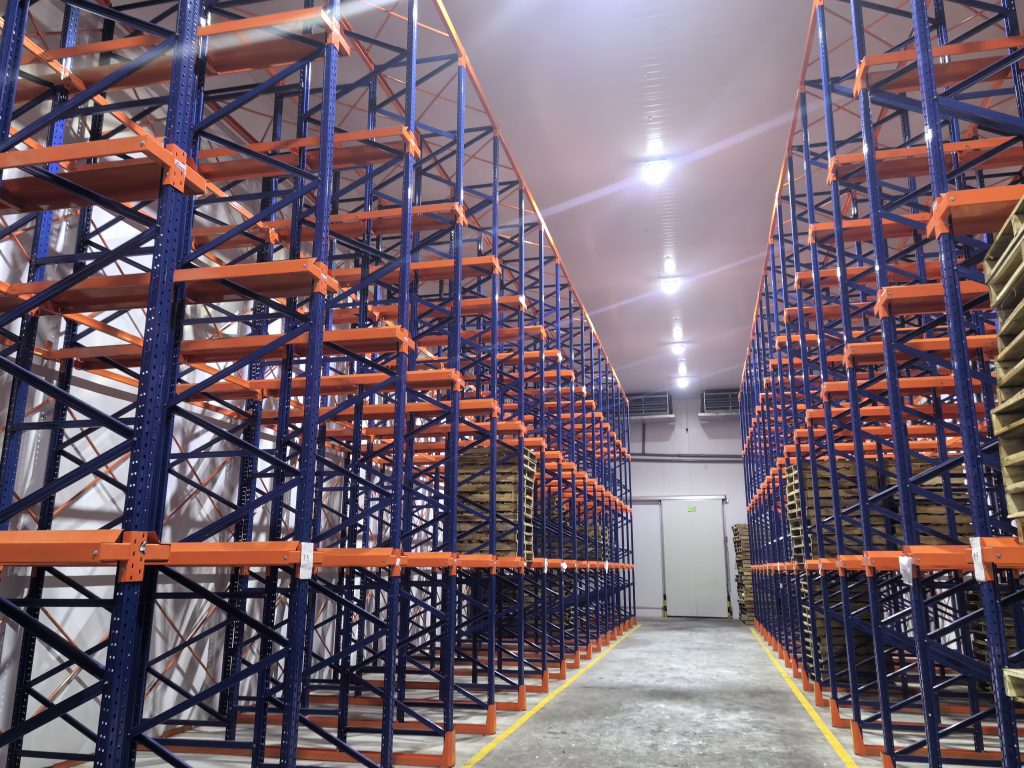
4. Benefits of Cold Storage Warehousing
- Extends Shelf Life – Slows microbial growth and enzymatic reactions.
- Reduces Waste – Minimizes spoilage, benefiting both businesses and the environment.
- Ensures Compliance – Meets FDA, FSMA, and WHO regulations for food and drugs.
- Supports Global Trade – Enables long-distance transport of perishable goods.
- Enhances Supply Chain Efficiency – Allows for bulk storage and just-in-time distribution.
5. Industries That Depend on Cold Storage
- Food & Beverage: Meat, seafood, dairy, frozen meals.
- Pharmaceuticals: Vaccines, insulin, biologics.
- Agriculture: Post-harvest storage of fruits and vegetables.
- Floral Industry: Preserves cut flowers for export.
- Chemicals & Lab Samples: Certain reagents require cold storage.
6. Challenges in Cold Storage Warehousing
- High Energy Costs – Refrigeration consumes significant electricity.
- Maintenance Requirements – Equipment must be regularly serviced.
- Regulatory Complexity – Strict compliance is mandatory.
- Initial Investment – Setting up a cold storage facility is capital-intensive.
7. Future Trends in Cold Storage
- Green Refrigerants – Shift toward CO₂ and ammonia-based cooling for sustainability.
- Automation & Robotics – AI-driven systems for efficient inventory management.
- Solar-Powered Cold Storage – Reduces carbon footprint in developing regions.
- Blockchain for Traceability – Enhances transparency in the cold chain.
Conclusion
Cold storage warehouses are indispensable in today’s globalized economy, ensuring that perishable goods remain safe and fresh from farm to fork. With advancements in refrigeration, automation, and sustainable practices, the industry continues to evolve, meeting the growing demands of food security and pharmaceutical logistics.
For businesses dealing with temperature-sensitive products, investing in or partnering with a reliable cold storage provider is crucial for maintaining quality, compliance, and competitive advantage.
Welcome to inquire about products related to cold storage, refrigeration unit and panels.
You also can check our Tiktok, Youtube, Instagram channel for more video show.




